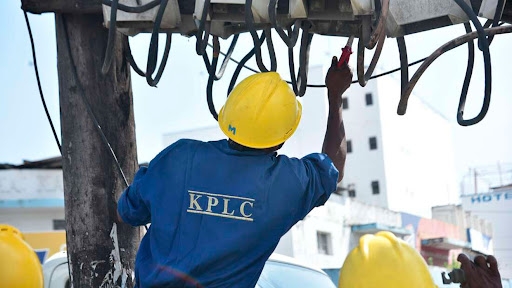
Commuters in Nairobi have started experiencing a test run of scheduled buses and fixed fares under the phase one of Bus Rapid Transit trials, similar to major European cities.
Under the plan currently in its pilot phase, Matatu’s are not having to wait until they are full to depart for their destination.
Nairobi Metropolitan Area Transport Authority says that the initiative begun with the launch of the Route 111 pilot project that will mark a turning point for daily commuters.
The pilot comes just three months after the Nairobi BRT project secured €320 million (Sh43.4 billion) in financing from international partners to develop the Clean Core Bus Rapid Transit (BRT) Line 3.
Transport PS Mohamed Daghar said that the upgraded commute between Ngong Bus Park and CBD - Pioneer Bus Station project can only be successful under collaboration with the industry players.
“Route 111 Pilot Project demonstrates that we can collaborate and work together as one people to provide services to our people and confront the challenges faced by commuters and travellers daily” said Daghar.
The industry players argue out that the adoption of scheduled services eliminates the unpredictability of matatus, while the fixed fares bring transparency and budget-friendly consistency.
Nairobi received a boost in January after initial attempts to operationalise the BRT system failed.
The financing from European Investment Bank (EIB), French Development Agency (AFD), and the European Union (EU) was approved after months of negotiations with Nairobi County.
Under the financing plan The first phase of the project will involve constructing a 12-kilometre route from Dandora to Kenyatta National Hospital (KNH) along Juja Road, with the second phase extending to connect Tala to Dandora and KNH to Ngong.
In September 2024, the Kenya Urban Roads Authority (KURA) had announced plans to implement the Sh7.3 billion BRT Line 5 along Outer Ring Road, financed by the Korean Exim Bank in collaboration with the South Korean Economic Development Cooperation Fund.
The 10.4-kilometre line will was to feature advanced infrastructure such as dedicated bus lanes, electric vehicle (EV) charging stations, and safety systems including CCTV and Vehicle Enforcement Systems.
However, the project has been marred by controversies as the financier had locked out all other firms except South Korean entities from undertaking works.
Nairobi's five BRT lines are part of the Nairobi Integrated Urban Development Master Plan to combat vehicular congestion in the city.
To decongest the city, the Nairobi Metropolitan Area Transport Authority (NAMATA) gazetted five BRT lines, which are in different phases of development.
They include. Line 1, Ndovu, runs from Limuru-Kangemi-CBD-Imara Daima-Athi River and Kitengela.
Line 2, Simba, runs from Rongai-Bomas-Langata Road-CBD-Ruiru-Thika and Kenol.
It is 70 per cent complete and will be implemented in two pilot phases. Phase one will start from Kasarani to Kenyatta National Hospital while the second phase will begin from Ruiru and terminate at KNH.
It will consist of 13 intermediate stations with 24 platforms. A park-and-ride facility is also being erected at Kasarani.
It will enable motorists heading to the CBD to leave their vehicles and use BRT buses for the remainder of the journey.








